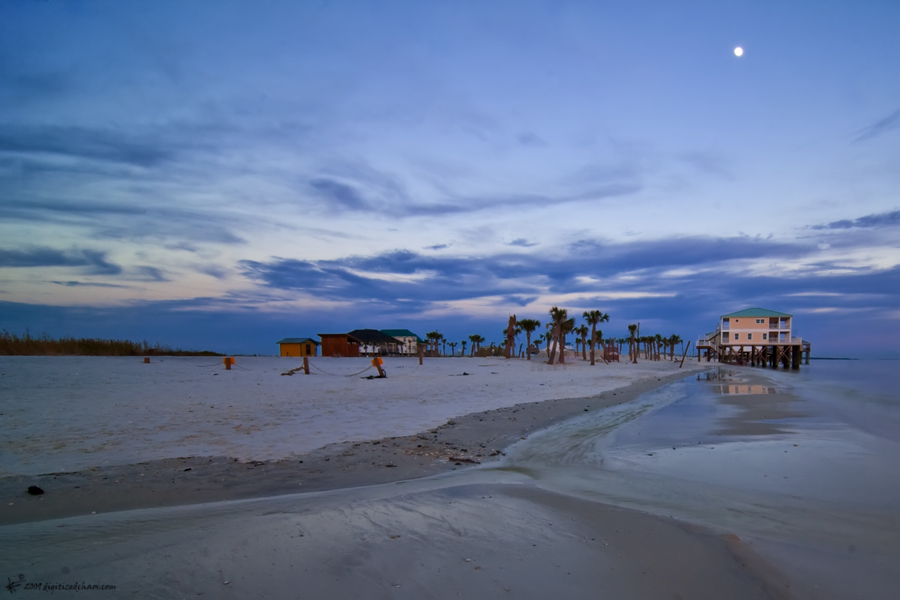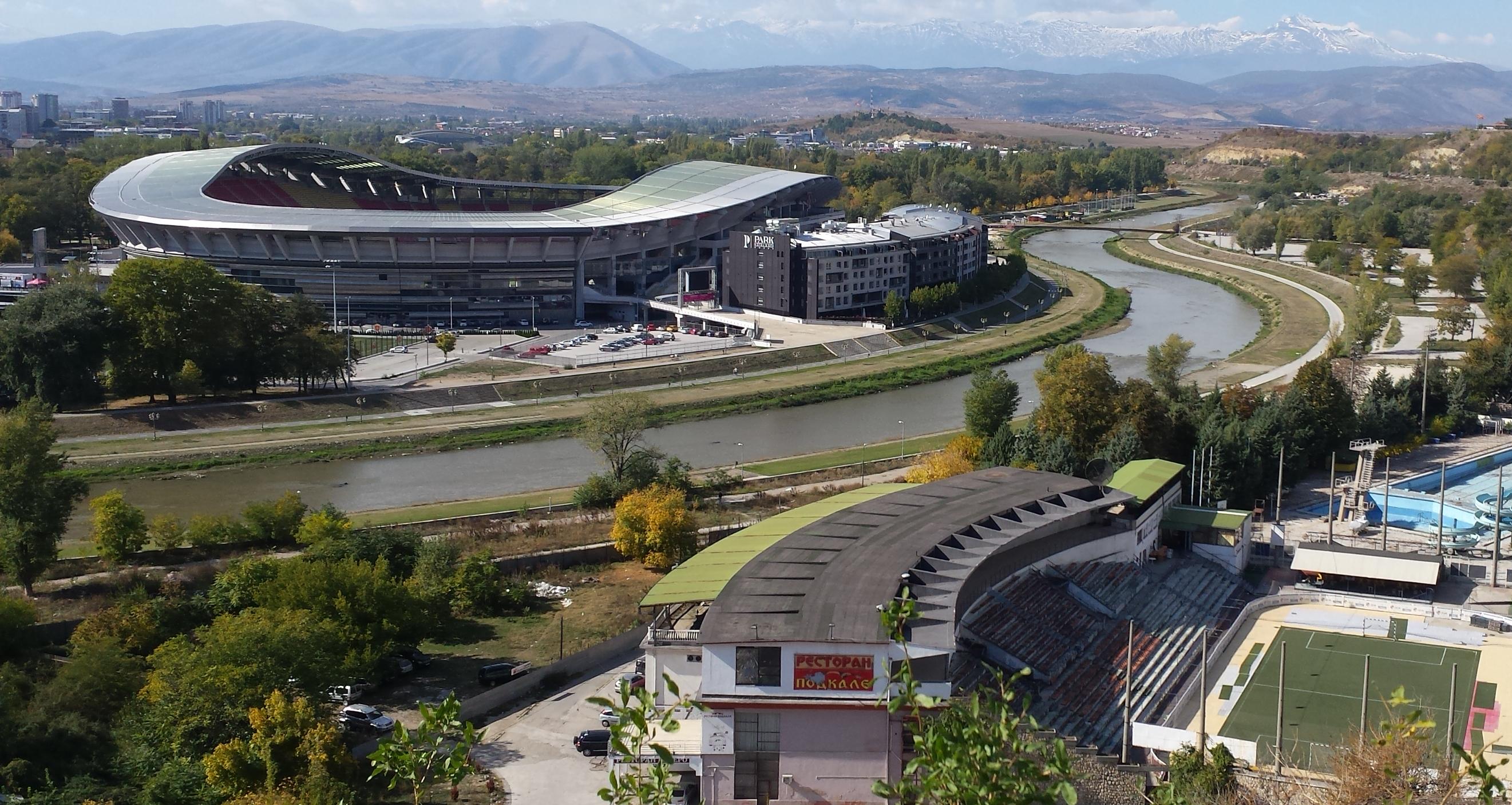14 Otherworldly Landscapes Science Still Can't Fully Explain
The Earth, our own planet, harbors realms so strange and spectacular they seem torn from the pages of science fiction. These are not merely beautiful landscapes; they are geological riddles, biological anomalies, and atmospheric puzzles that continue to stump the sharpest scientific minds. They challenge our understanding of natural forces, inviting us to peer into the very fabric of our world's most profound mysteries. From the surreal to the sublime, prepare to have your perception of reality twisted as we journey through 14 truly otherworldly landscapes, each a living enigma that science, for now, can only observe in awe.
1. The Richat Structure (Eye of the Sahara), Mauritania

Imagine a colossal bull's-eye, nearly 50 kilometers wide, etched into the Mauritanian desert—visible only from space. This is the Richat Structure, a series of concentric circles that have long puzzled geologists. Initially theorized as an impact crater, its flat floor and lack of shock-metamorphic rock quickly dismissed that idea. Current theories point to a highly eroded, deeply symmetrical geological dome, possibly formed by volcanic uplift. However, the precise mechanisms behind its near-perfect circularity and the forces that sculpted such an enormous, distinct feature remain subjects of intense debate and ongoing research.
2. Blood Falls, Antarctica
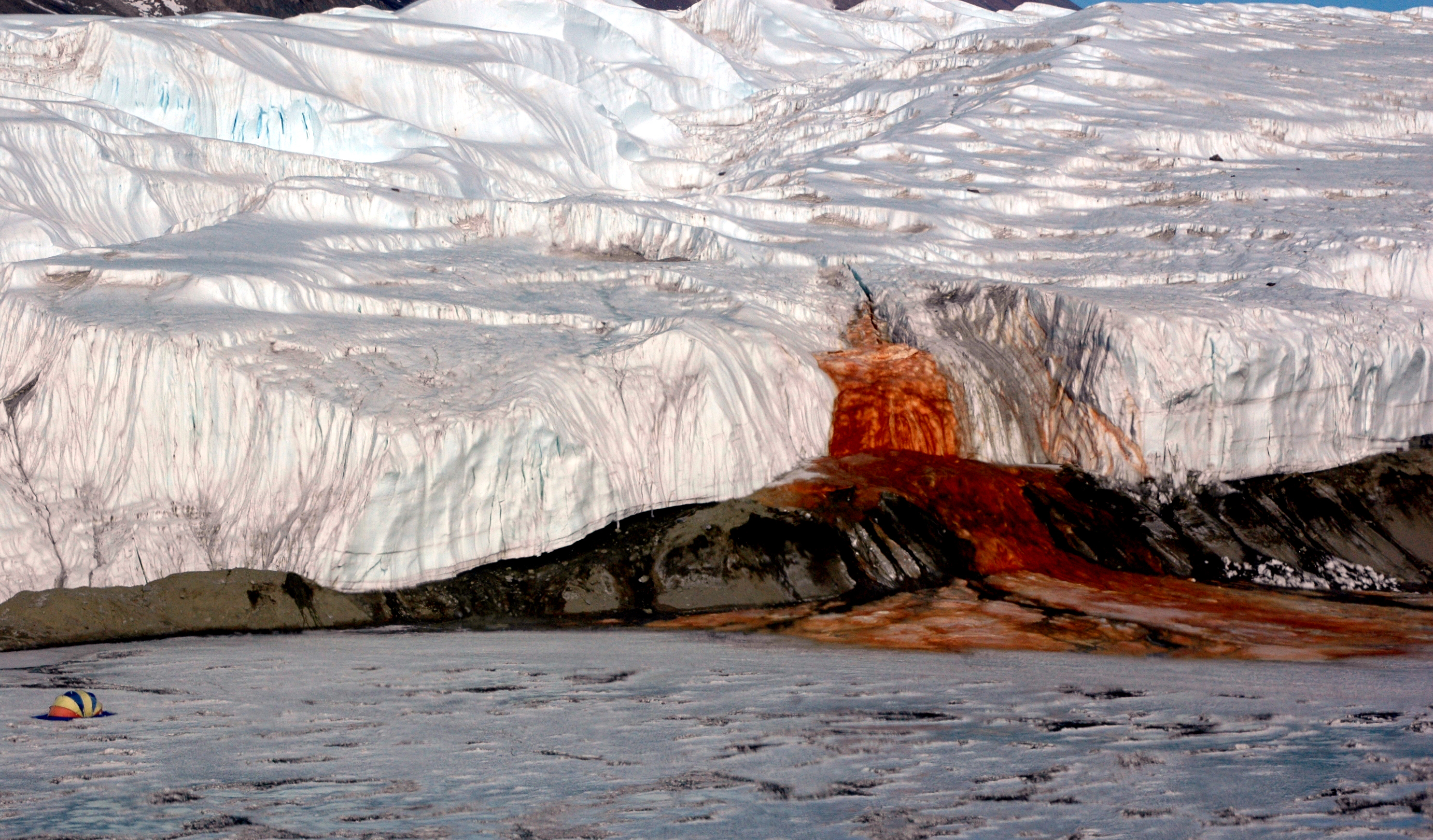
In the frozen desolation of Antarctica's Taylor Glacier, a startling crimson waterfall spills onto white ice, appearing like a wound on the landscape. This macabre spectacle, known as Blood Falls, baffled early explorers. Science has since identified the cause: a hypersaline, iron-rich brine seeping from a subglacial lake, oxidizing upon contact with air. The true mystery lies beneath: how does this ancient, extremely salty water body sustain a thriving, chemosynthetic microbial ecosystem that has evolved in complete isolation from the sun's energy for millions of years? The exact mechanisms of their survival in such extreme conditions are still being unraveled.
3. The Door to Hell (Darvaza Gas Crater), Turkmenistan
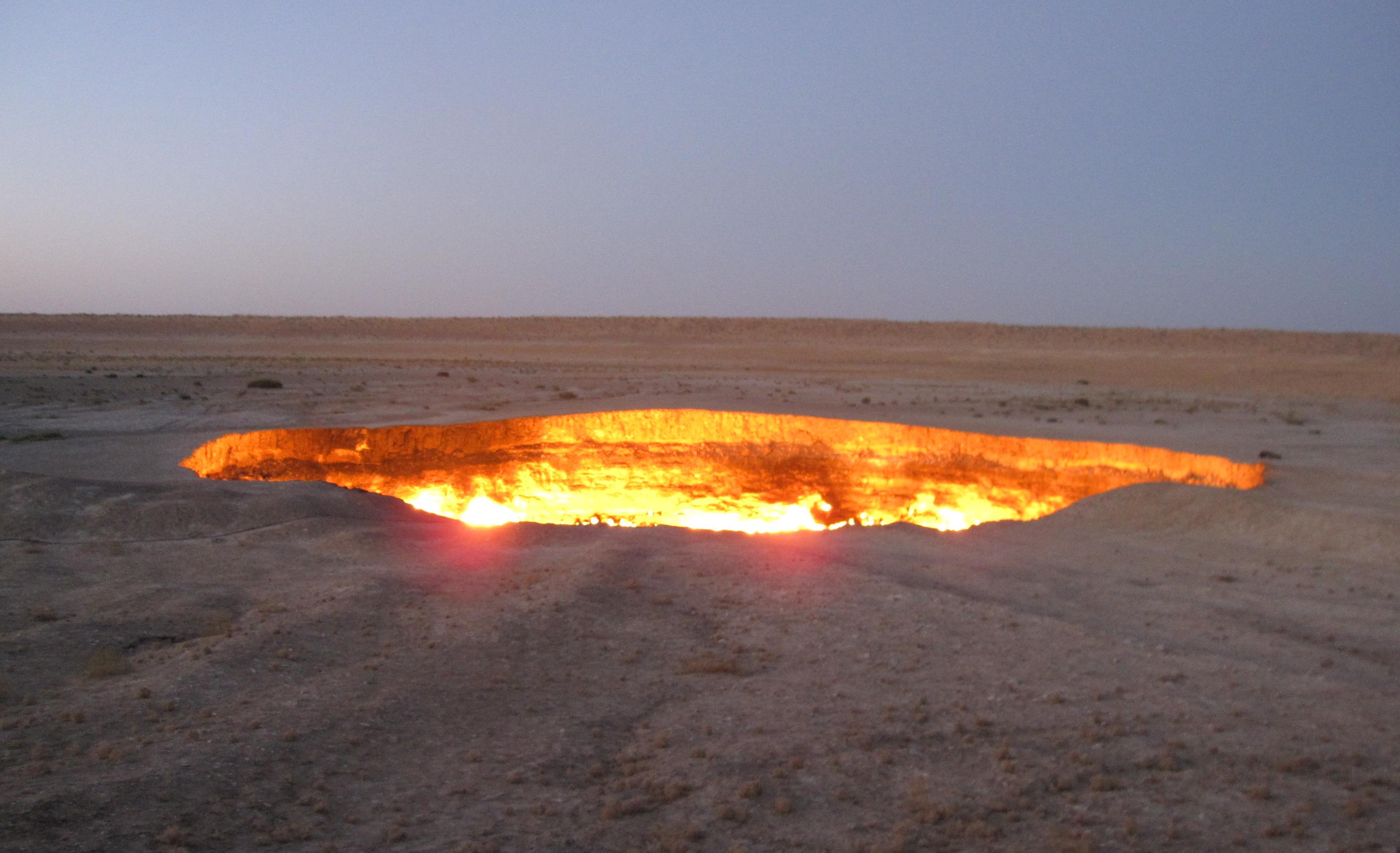
In the heart of the Karakum Desert, a fiery crater, roughly 70 meters wide, has burned continuously for over 50 years. Locals call it "The Door to Hell." While it's generally accepted that Soviet geologists accidentally ignited a natural gas pocket during drilling in 1971 to prevent methane spread, the sustained, unceasing inferno continues to defy precise explanation. Scientists have yet to fully map the subterranean gas reserves feeding it or definitively predict when (or if) it might burn out. Its sheer scale and relentless combustion remain a stark, awe-inspiring, and scientifically perplexing spectacle.
4. The Petrifying Well, Knaresborough, England
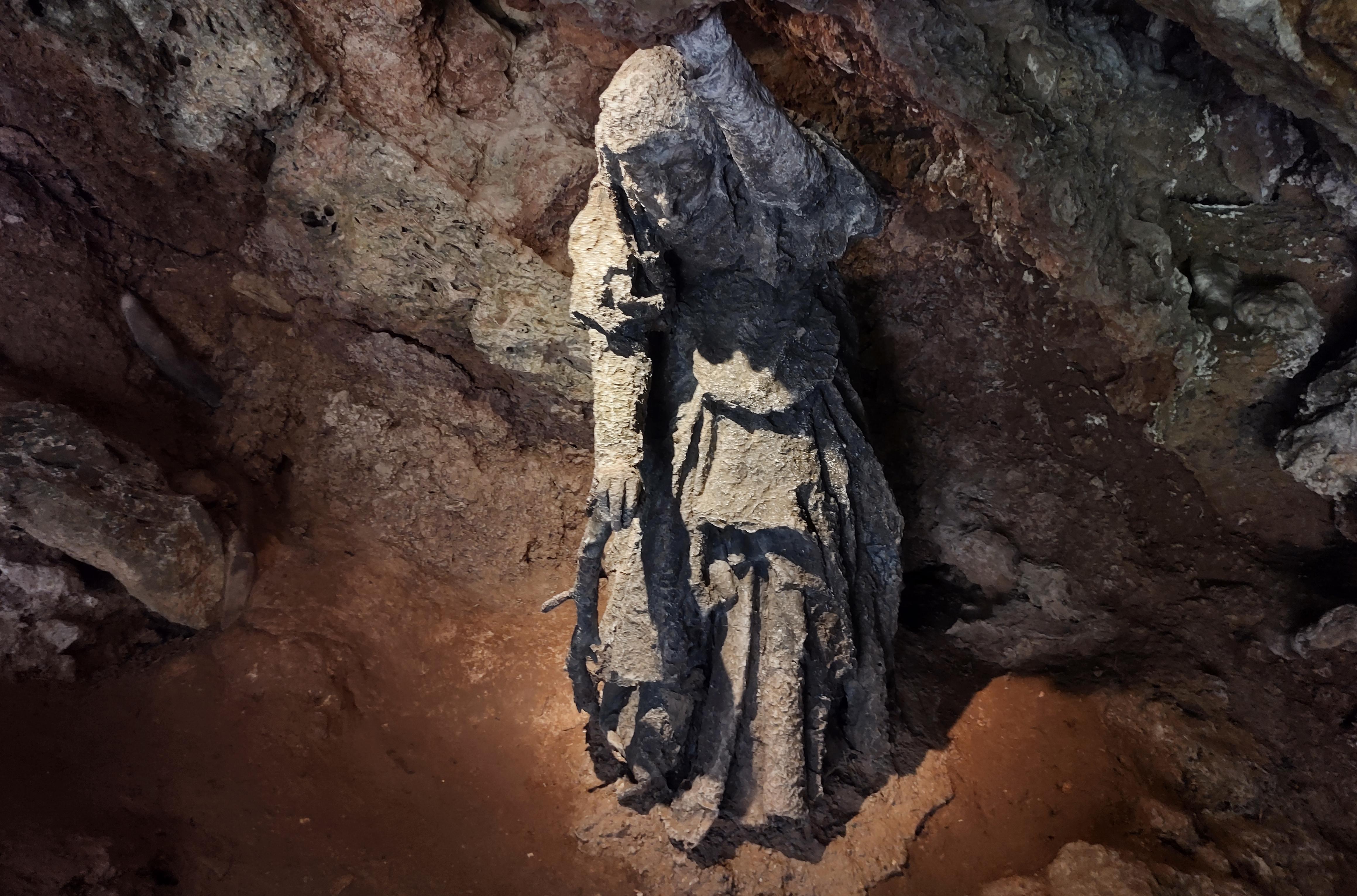
At Mother Shipton's Cave in Knaresborough, England, a unique natural spring appears to turn objects to stone. Clothes, teddy bears, and everyday items left beneath its dripping waters gradually become stiff and rock-like over months. While science understands this is not true petrification (which implies organic replacement), but rather a rapid calcification process, the precise speed and efficacy of this particular well remain intriguing. Its extremely high mineral content, especially calcium carbonate, forms a hard shell, but the unique combination of minerals and environmental factors enabling such rapid deposition is still a subject of scientific curiosity.
5. Sailing Stones of Racetrack Playa, Death Valley, USA

Across the flat, arid surface of Racetrack Playa in Death Valley, large rocks – some weighing hundreds of pounds – appear to move on their own, leaving long, distinct trails in the dried mud. For decades, these "sailing stones" were an enduring mystery. While recent research, including time-lapse photography, has revealed that a rare combination of specific conditions (thin ice sheets, light winds, and muddy surfaces) facilitates their movement, predicting when and how individual stones will move, or achieving their exact trajectories in controlled environments, remains incredibly complex and hard to replicate.
6. The Moeraki Boulders, New Zealand

Scattered along Koekohe Beach in New Zealand, perfectly spherical boulders, some reaching over two meters in diameter, emerge from the sand. These geological oddities look like giant marbles discarded by ancient giants. Scientists classify them as concretions, formed by the slow accumulation of minerals around a central core in ancient seabed sediments. However, the exact geological processes that led to their near-perfect spherical shape and massive size, particularly their consistent formation across the beach, still present a fascinating puzzle, making them a captivating natural phenomenon.
7. Lake Hillier, Australia
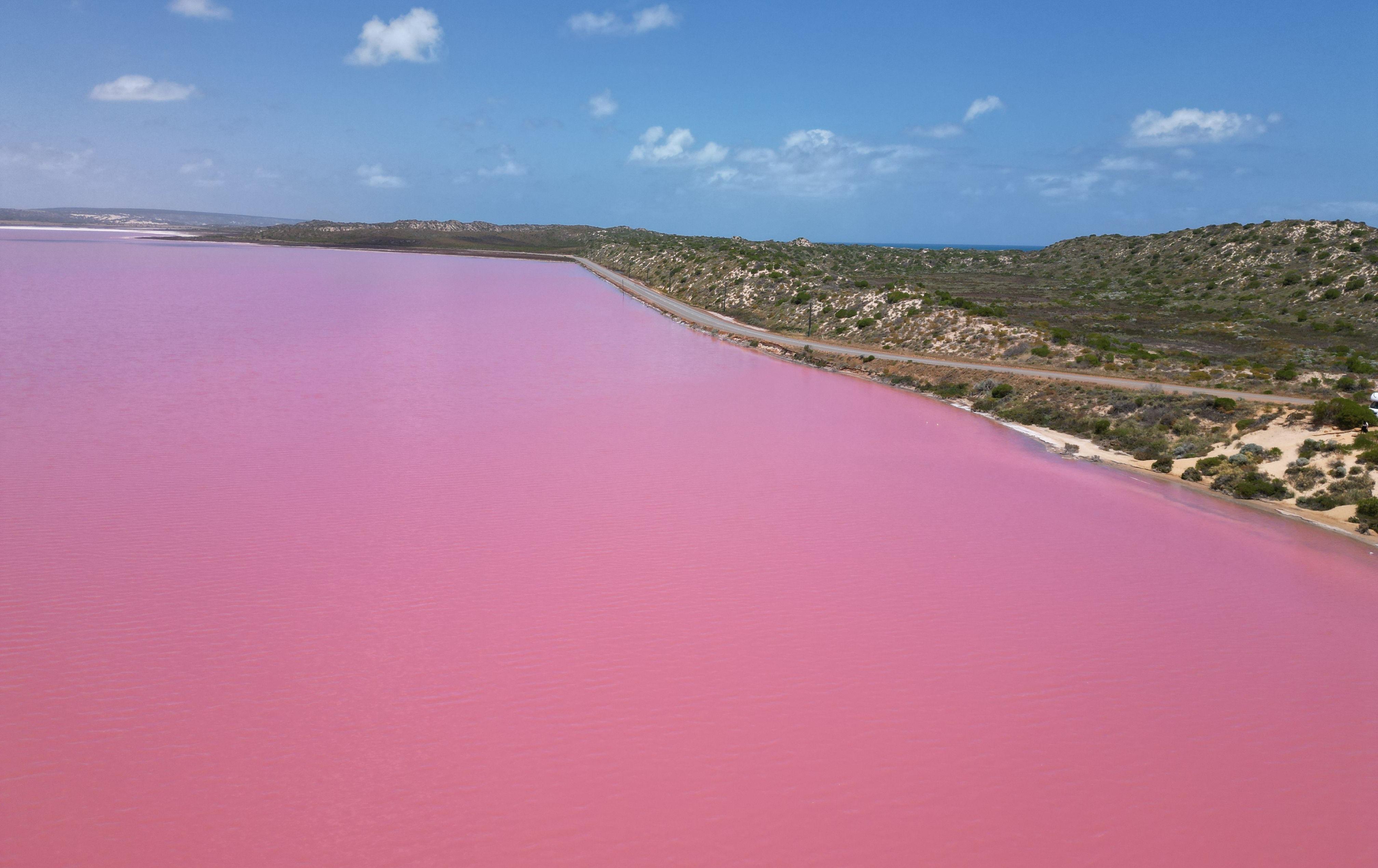
Off the coast of Western Australia, nestled within the Middle Island, lies Lake Hillier – a vibrant, bubblegum-pink lake that retains its striking hue year-round. Unlike some transient pink lakes, Hillier's color is permanent. While scientists suspect the cause lies with unique microalgae (Dunaliella salina) and halobacteria thriving in the extremely salty water, along with a reaction to specific brine shrimp, the precise combination of factors that creates such an intense, stable, and unique pink pigmentation, distinct from other salt lakes, is still under active investigation and not fully understood.
8. The Rainbow Mountains (Danxia Landforms), China
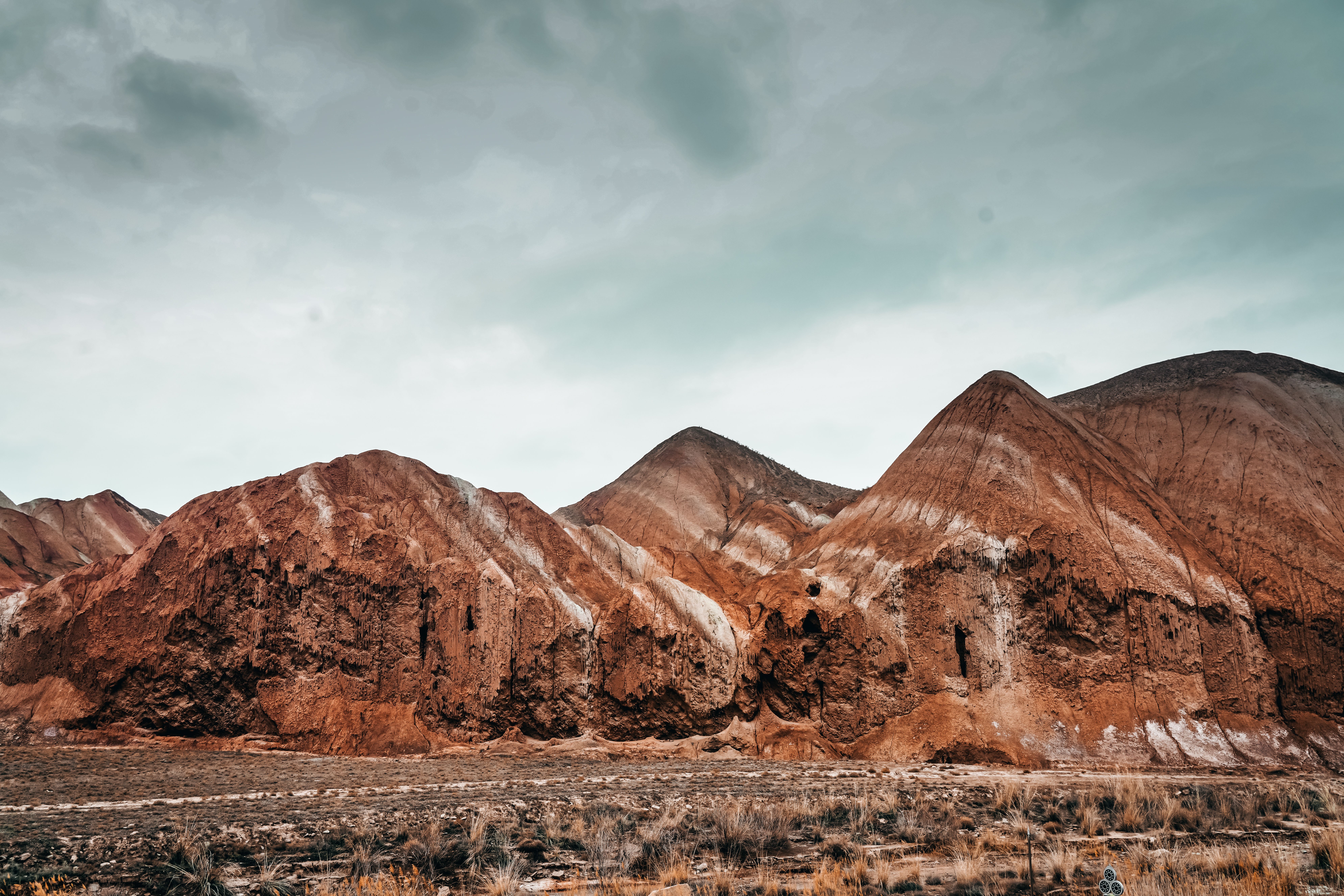
In the Zhangye Danxia National Geopark in China, vast geological formations ripple across the landscape in vivid stripes of red, orange, yellow, and green, resembling a painted canvas. These "Rainbow Mountains" are part of the Danxia landform, formed by layers of different colored sandstones and minerals over millions of years, then folded and eroded. While the general geological processes are known, the breathtaking intensity and sheer variety of the specific mineral depositions that created such an unbelievably vibrant, distinct, and extensive palette of colors remain a subject of fascination and ongoing geological study.
9. The Giant Crystal Cave (Cueva de los Cristales), Naica, Mexico

Beneath the Naica mine in Mexico lies a breathtaking chamber filled with colossal selenite crystals, some over 11 meters long and weighing 55 tons. These are the largest natural crystals ever found. While geologists understand they formed in a hot, mineral-rich hydrothermal fluid, the precise conditions that allowed these specific crystals to grow to such astronomical sizes, remaining undisturbed for thousands of years, are incredibly rare and complex. The combination of sustained high temperatures, mineral saturation, and lack of geological disturbance for such an extended period is a scientific marvel, defying easy replication.
10. The Stone Forest (Tsingy de Bemaraha), Madagascar

In western Madagascar, a vast, jagged landscape of razor-sharp limestone pinnacles pierces the sky, forming what appears to be an impenetrable "stone forest." This UNESCO World Heritage site, known as Tsingy de Bemaraha, is the result of millions of years of rainfall eroding an uplifted seabed, carving deep, narrow canyons and cathedral-like spires. While the general process of karst topography is understood, the extreme, knife-edged sharpness and verticality of these formations, creating a labyrinth so intricate and dangerous it's almost impassable, continues to intrigue geologists. The precise hydrological and geological conditions that sculpted this unique, almost alien, geological marvel remain an area of ongoing study.
11. The Hum of Taos, New Mexico, USA

In the small town of Taos, New Mexico, a persistent, low-frequency humming sound is reported by a small percentage of residents and visitors. This "Taos Hum" is not audible to everyone, and its source remains a complete mystery despite numerous investigations. Theories range from industrial equipment operating at a distance, to unusual geological activity, or even a form of mass psychogenic illness. The elusive nature of the hum, its localized perception, and the lack of a definitive scientific explanation make it one of the most intriguing and baffling auditory phenomena on Earth.
12. The Wawel Dragon's Den, Poland

Beneath Wawel Castle in Krakow, Poland, lies a limestone cave steeped in legend: the supposed lair of the Wawel Dragon. While the dragon is mythical, the cave itself holds a real scientific enigma: a perpetual, flickering flame emerging from a natural gas vent. Unlike the controlled gas fires of modern times, the precise origin of this gas, why it continuously seeps and ignites within this specific cave, and how it has sustained itself for centuries, possibly millennia, without human intervention or obvious geological fault lines, remains an unexplained natural phenomenon that fuels both folklore and scientific curiosity.
13. Eternal Flame Falls, Chestnut Ridge Park, New York, USA
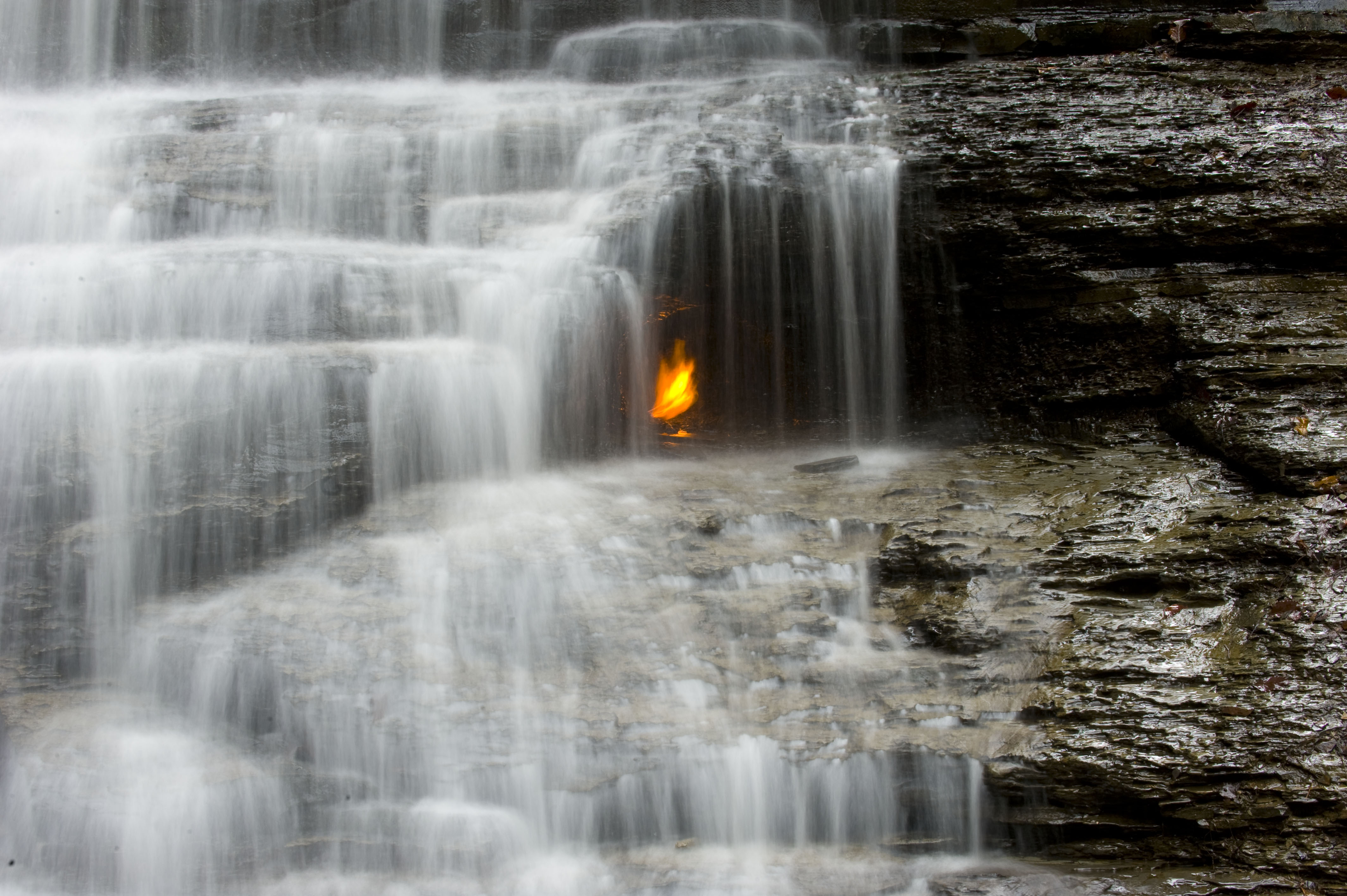
Hidden behind a waterfall in a small grotto within Chestnut Ridge Park, a constant natural flame flickers mysteriously. The flame is fueled by methane gas seeping from ancient shale rock beneath the waterfall. While the presence of methane is understood geologically, the specific conditions that allow the flame to sustain itself so consistently amidst the cascading water, often relighting itself after being extinguished, remain a subject of fascination. This unique intersection of fire and water creates a surreal micro-environment that continues to intrigue both geologists and casual observers.
14. The Devil's Kettle, Judge C.R. Magney State Park, Minnesota, USA
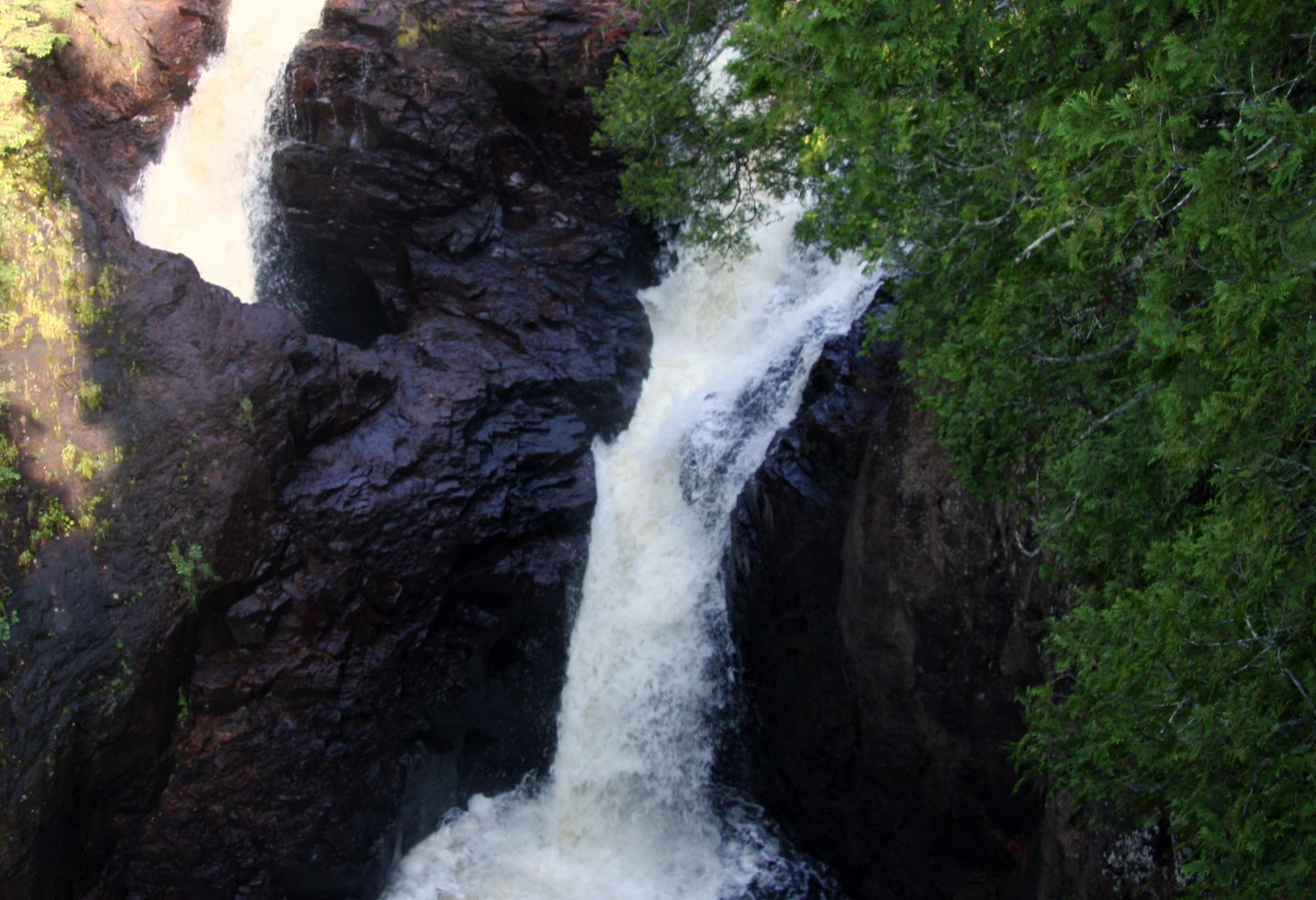
Deep within Judge C.R. Magney State Park, Minnesota, a captivating geological enigma unfolds: the Devil's Kettle. The Brule River plunges over a rockface, splitting into two distinct streams. While one half cascades gracefully into Lake Superior, the other mysteriously vanishes into a massive pothole in the rock, disappearing from sight entirely. Despite countless attempts to trace its path—using dyes, ping-pong balls, and even GPS-tagged logs—nothing has ever resurfaced. Geologists hypothesize the water re-emerges underwater in Lake Superior, but the exact subterranean channels and the unique hydrological conditions creating this baffling, visually stunning disappearance remain unconfirmed and deeply intriguing.
Unraveling Earth's Deeper Mysteries
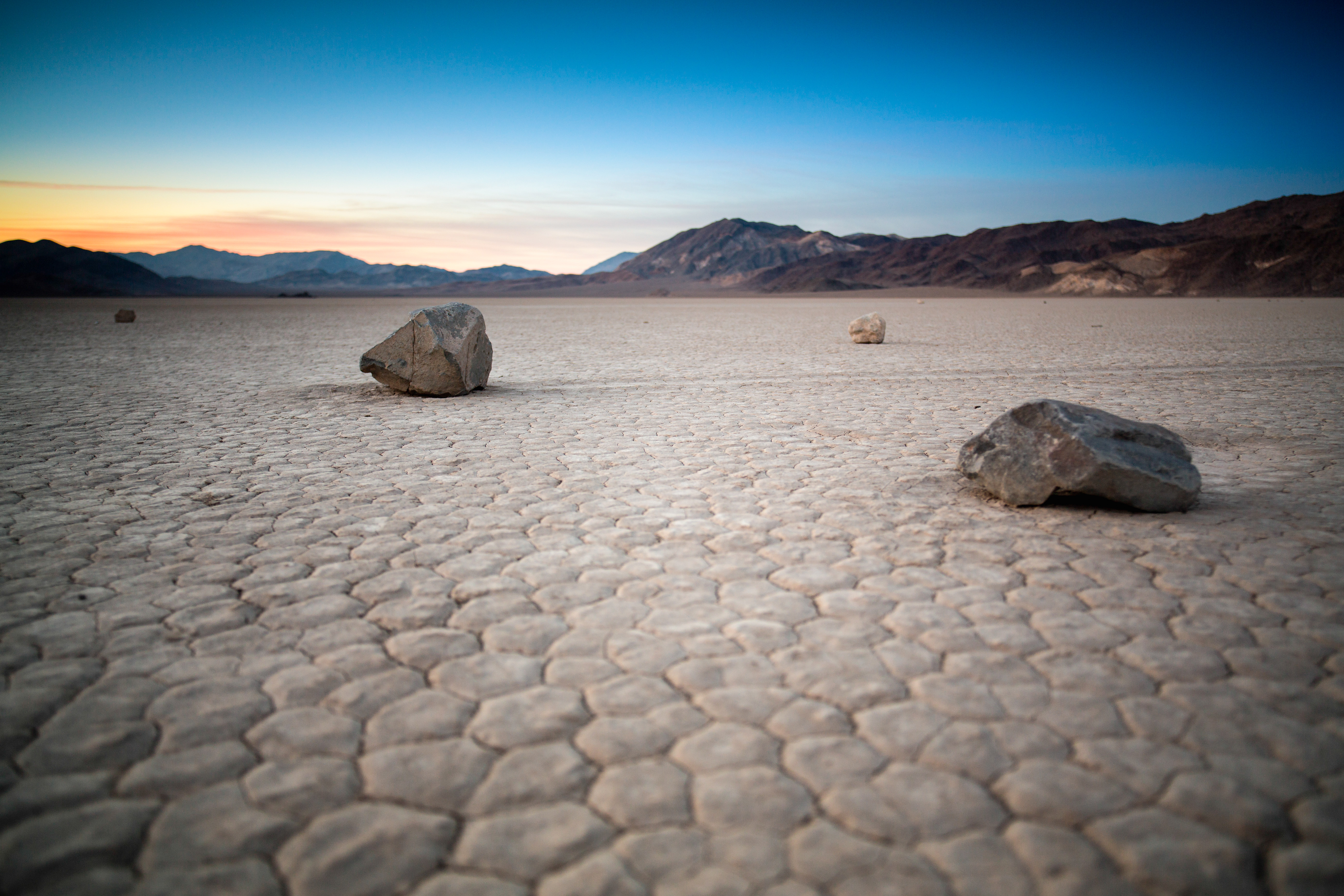
The landscapes explored here transcend mere geographical features; they are living testaments to Earth's boundless capacity for wonder and complexity. Each site, with its unique and often baffling characteristics, challenges the very limits of our scientific understanding. From geological formations sculpted by unknown forces to ecosystems thriving in impossible conditions, and atmospheric phenomena that defy explanation, these places are not just destinations but invitations to ponder the grander questions of our planet's formation and the intricate dance of its natural processes. As science relentlessly pushes the boundaries of knowledge, these otherworldly landscapes stand as enduring reminders that Earth still holds profound secrets, patiently awaiting discovery, compelling us to look closer, question deeper, and remain forever in awe of its unfathomable artistry.




